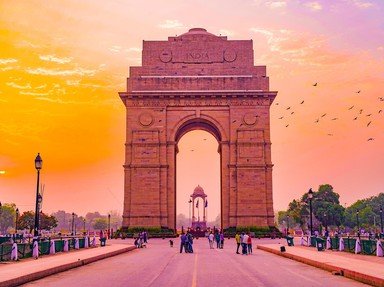Quiz Answer Key and Fun Facts
1. In which city in India did the famous Black Hole incident occur on June 20, 1756?
2. The soldiers of which European country were reportedly killed in the Black Hole on June 20, 1756?
3. What title did the Indian leader, Siraj ud-Daulah, who was involved in the Black Hole incident hold?
4. What was the name of the fort where the famous Black Hole incident took place on June 20, 1756?
5. Why did the Indian leader, Siraj ud-Daulah, attack the Europeans the day of the famous Black Hole incident in 1756?
6. As the foreigners fled from the onrush of Siraj ud-Daulah's great army, who was left behind and given the command of the fort? The letter he wrote after the Black Hole incident was used by many as an authoritative source of the horrific details.
7. There is evidence that Siraj ud-Daulah ordered the deaths of the Europeans in the Black Hole incident of June 20, 1756.
8. There is evidence to back up the claim that 123 people died of suffocation in one night in the Black Hole incident on June 20, 1756.
9. Who was the military leader sent to avenge the deaths of those who died in the Black Hole?
10. The incident with the Black Hole was really a preliminary action of which of the following major European Wars?
Source: Author
ponycargirl
This quiz was reviewed by FunTrivia editor
bloomsby before going online.
Any errors found in FunTrivia content are routinely corrected through our feedback system.

